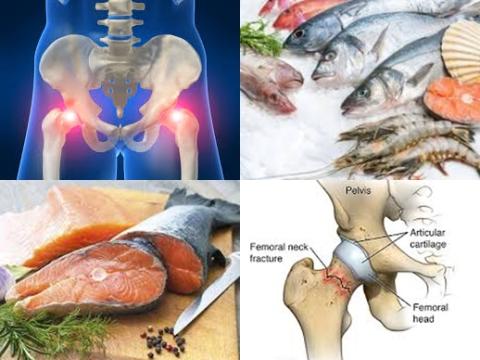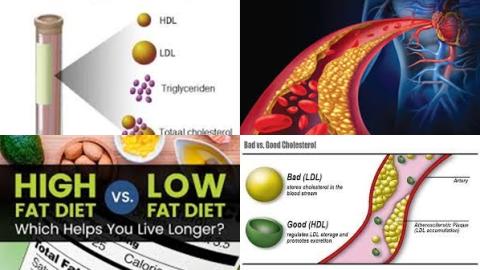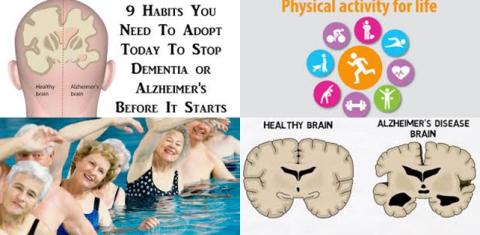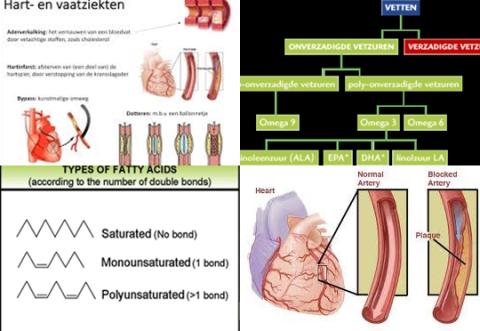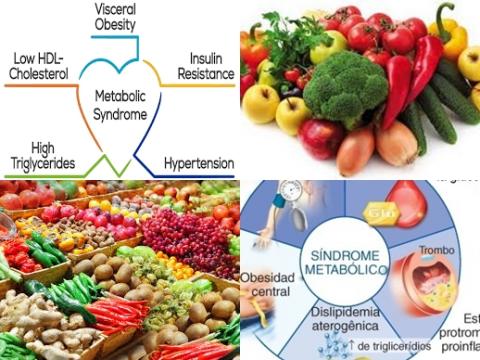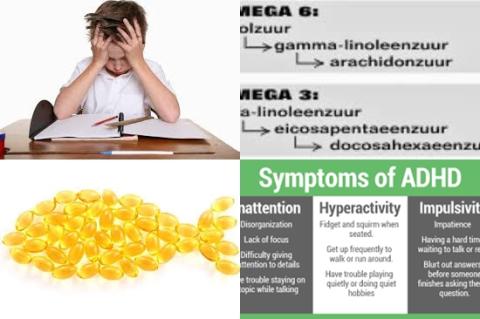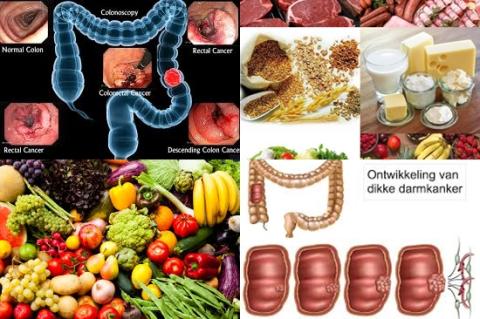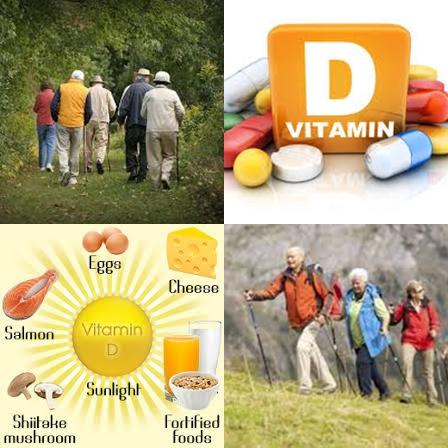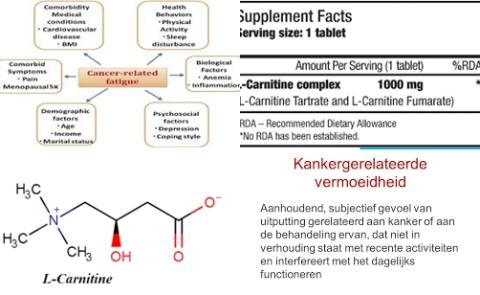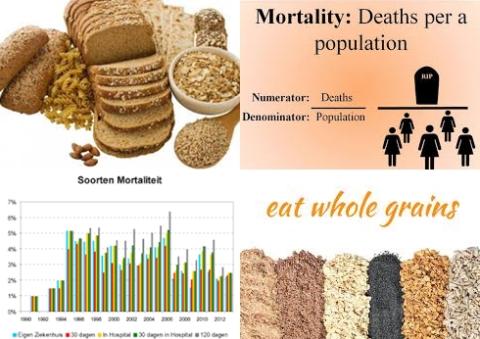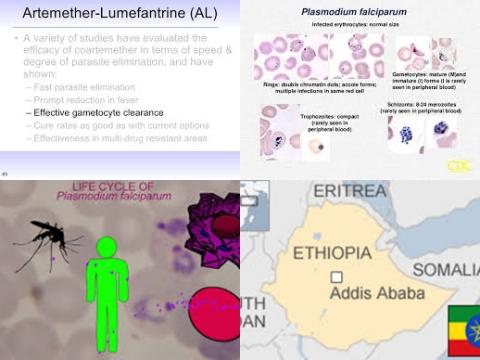Cranberry may be effective in preventing urinary tract infection recurrence in women

Objectives:
Women have a 50% risk of urinary tract infection (UTI) over their lifetime and 20-30% experience a subsequent urinary tract infection recurrence. Cranberry (Vaccinium spp.) has been advocated for treatment of urinary tract infection; however, its efficacy is controversial. Therefore, this review article (meta-analysis) has been conducted.
Does cranberry reduce the risk of urinary tract infection recurrence in healthy women?
Study design:
This review article included 7 RCTs conducted in healthy nonpregnant women aged ≥18 years with a history of urinary tract infection (n = 1498 participants).
Risk of bias indicated that 2 studies had high loss to follow-up or selective outcome reporting. Overall, the studies were relatively small, with only 2 having >300 participants.
Results and conclusions:
The investigators found that cranberry significantly reduced the risk of urinary tract infection by 26% [pooled risk ratio = 0.74, 95% CI = 0.55-0.98, I2 = 54%].
The investigators concluded that cranberry may be effective in preventing urinary tract infection recurrence in generally healthy women. May be effective because the studies were relatively small, with only 2 having >300 participants. Therefore, larger high-quality studies are needed to confirm these findings.
Original title:
Cranberry Reduces the Risk of Urinary Tract Infection Recurrence in Otherwise Healthy Women: A Systematic Review and Meta-Analysis by Zhuxuan Fu, DeAnn Liska, […], Mei Chung.
Link:
http://jn.nutrition.org/content/147/12/2282.abstract
Additional information of El Mondo:
Find more information/studies on chronic disease and fruit right here.
